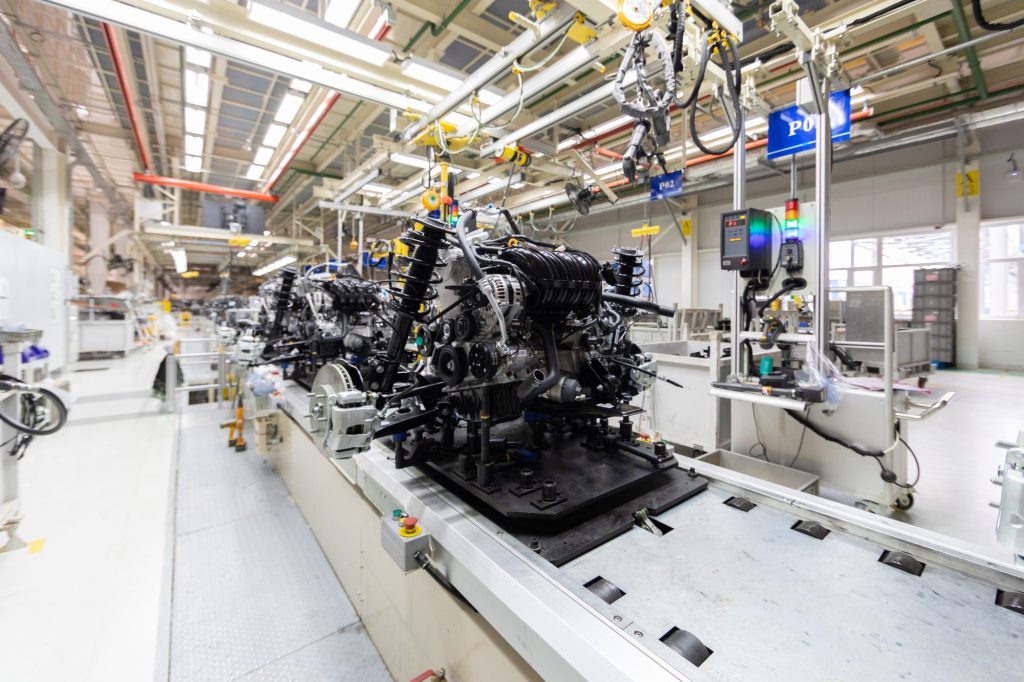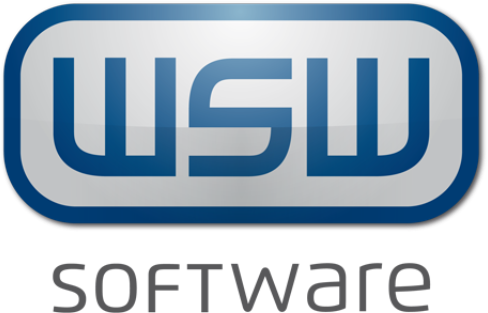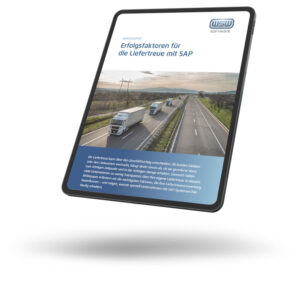- Products & Solutions
- Services
- ConsultingMenüServicesMenü
- Processes
- Data reception & processing
- Preparation
- Shipping
- Customs & Foreign Trade
- SAP Data management
- Production & Warehouse
- Monitoring & Analysis
Data reception & processingPreparationShippingCustoms & Foreign TradeSAP Data managementProduction & WarehouseMonitoring & Analysis
- Company
- CompanyMenüCompanyMenü
- Career
- Events
VDA recommendations
What you need to know as a supplier

You have certainly come across suppliers who supply German automakers: VDA recommendations. They serve the purpose of standardization and are particularly relevant for suppliers when it comes to data exchange and documents accompanying goods.
Table of contents
1. what is the VDA?
The German Association of the Automotive Industry is a lobby group for the German automotive industry. Its aim is to represent the interests of its members vis-à-vis politicians, the media and other groups. The association has around 600 member companies. Members work together in various committees and working groups to find answers to key issues.
As the central association for the automotive industry in Germany, the VDA has set itself the task of "ensuring the right framework conditions so that companies can successfully bring their products to market. This includes efforts to define industry standards and norms.
2. what are VDA recommendations?
In addition to national and international legally defined regulations, for example on security topics, there are also voluntary guidelines and recommendations. They serve to standardize processes and file formats. The VDA recommendations are often called VDA guidelines, although strictly speaking they are only recommendations. No one is obliged to adhere to these guidelines. Even automobile manufacturers who use VDA recommendations often modify the specifications.
Theoretically, the recommendations are not only relevant for the automotive industry. Other industries can also use the VDA publications, for example medical technology or even the electronics industry.
In terms of content, the recommendations deal with very different topics. They have such nice names as "Elastomer resistance - Determination of behavior against test oils" (VDA 675-301) or "Assessment recommendation for personal protection against low-frequency magnetic fields in motor vehicles" (VDA 460-100). All recommendations with numbers between 4900 and 4999 revolve only around data exchange in the supply chain and with papers accompanying goods.
3 Why are there VDA recommendations?
Standardization pursues a simple goal: optimized processes based on proven specifications. Why should an automotive manufacturer develop its own specifications in the trial process when it works faster, more efficiently and more sustainably with the help of standards?
4. what are the advantages and disadvantages of VDA recommendations?
The Advantages of the Automobile Association's recommendations primarily concern the automakers themselves:
Standardization
Optimization of processes to reduce costs and use resources more effectively.
Quality assurance
Establishment of a uniform quality standard in the supply chain.
Transparency and control
Clear overview of processes to identify potential bottlenecks or errors at an early stage.
Customer orientation
Ensure delivery reliability to increase customer satisfaction and retention.
Furthermore, car manufacturers are not bound to use or follow VDA recommendations. They therefore have full flexibility in how they want to design their processes.
However, this does not apply to the suppliers. That's why they are also the ones who have to struggle the most with the disadvantages. In hardly any other industry can customers make such precise specifications for their own supplies as in the automotive industry. Suppliers are confronted with a very large number of specifications and there is hardly any sign of standardization here:
Since the VDA recommendations are not fixed regulations, automotive manufacturers can interpret them quite differently. For example, Volkswagen does use VDA 4939, which contains specifications for the design and content of shipment documents. Nevertheless, VW's so-called user manual with all supplements and deviations is a PDF file with just under 30 pages.
Even if a supplier supplies several car manufacturers with the same VDA specifications, the implementation can vary greatly in detail. Even with such small details as individual specifications on shipment documents, this often means that a supplier has to set up a separate shipment document for each individual customer in order to be able to adhere precisely to the individual specifications.
5. for which areas are there VDA recommendations?
The basic distinction that the VDA makes is the cost: some guidelines or recommendations can be obtained free of charge, while others must be paid for.
Furthermore, the list of different topics seems endless. It is about quality assurance, materials, processes or even key figures. Some examples can be found in the text above. You can get an overview on the VDA page: https://www.vda.de/de/aktuelles/publikationen
The VDA recommendations, which are subject to a charge, can be found in the VDA Webshop: https://webshop.vda.de/VDA/de/vda-empfehlungen
Attention: The so-called VDA standard is a different story. There is a DIN standard for measuring trunk volumes that is based on a VDA recommendation that is now decades old. This DIN standard (70020) specifies how the volume of a trunk is to be measured using measuring cuboids measuring 200 mm x 100 mm x 50 mm. Colloquially, the term VDA standard has become established for this. The validity of this "VDA standard" is repeatedly questioned, for example by the ADAC.
6. which recommendations concern suppliers?
The most relevant recommendations for suppliers are those dealing with the exchange of data between suppliers and automotive manufacturers. This applies to all recommendations with the numbers 4900 to 4999, although some of them are no longer current or have become obsolete.
The VDA provides a list of these recommendations with the respective indication of validity: List of recommendations on supply chain data exchange and papers accompanying goods (4900-4999).
In addition, other VDA recommendations are also important. For example, VDA recommendation 5011 deals with the "Evaluation of logistical delivery performance". Among other things, this recommendation contains a calculation formula for the key figure delivery reliability. Automobile manufacturers also use it to evaluate the delivery reliability of their own suppliers. Even if the supplier does not have to fulfill any special requirements in the case of this VDA, it is advisable to take a closer look at this VDA in order to know all the criteria with which an automotive manufacturer evaluates its suppliers.
7. which automotive manufacturers work with VDA recommendations for their suppliers?
Here you will find an excerpt of VDA recommendations used by certain car manufacturers:
Daimler delivery schedule/INTO-SC
- VDA 4922 (Obsolete, and replaced by VDA 4939; form for the shipment of goods between supplier, forwarder and customer - forwarding order)
BMW (series supply)
- VDA 4912 (Obsolete, and replaced by VDA 4939; EDI consignment bill)
- VDA 4922 (Obsolete, and replaced by VDA 4939; form for goods verdenung between supplier, forwarder and customer - forwarding order)
- VDA 4939 (shipment documents)
Volvo Trucks standard delivery
- VDA 4922 (Obsolete, and replaced by VDA 4939; form for the shipment of goods between supplier, forwarder and customer - forwarding order)
Scania standard delivery
- VDA 4922 (Obsolete, and replaced by VDA 4939; form for the shipment of goods between supplier, forwarder and customer - forwarding order)
VW (and Audi)
- VDA 4987 (data transmission of shipping notifications)
- VDA 4939 (shipment documents)
- VDA 4994 (Application recommendation for the Global Transport Label - GTL)
- VDA 4984 (data transmission of delivery schedules)
Volvo Cars Corporation
- VDA 4922 (Obsolete, and replaced by VDA 4939; form for goods verdenung between supplier, forwarder and customer - forwarding order)


